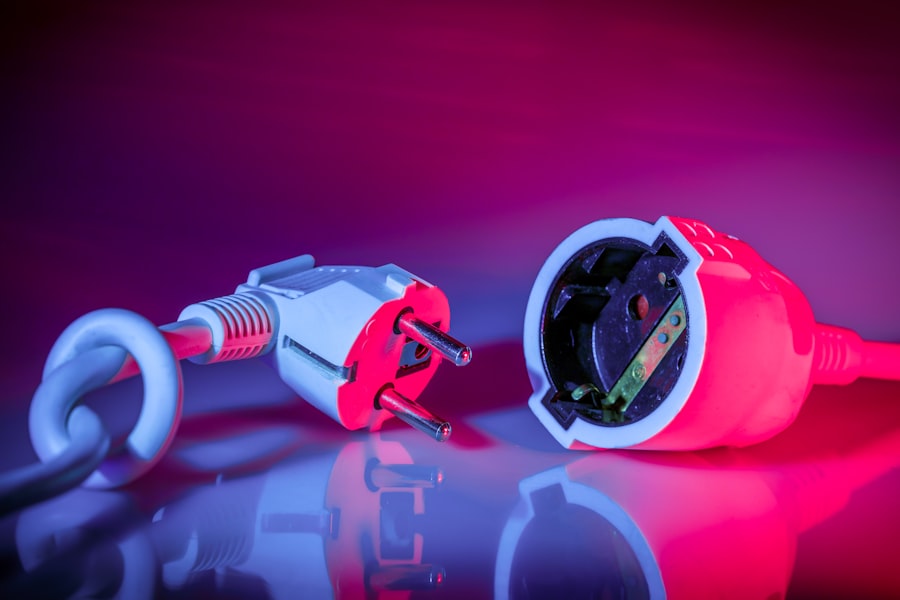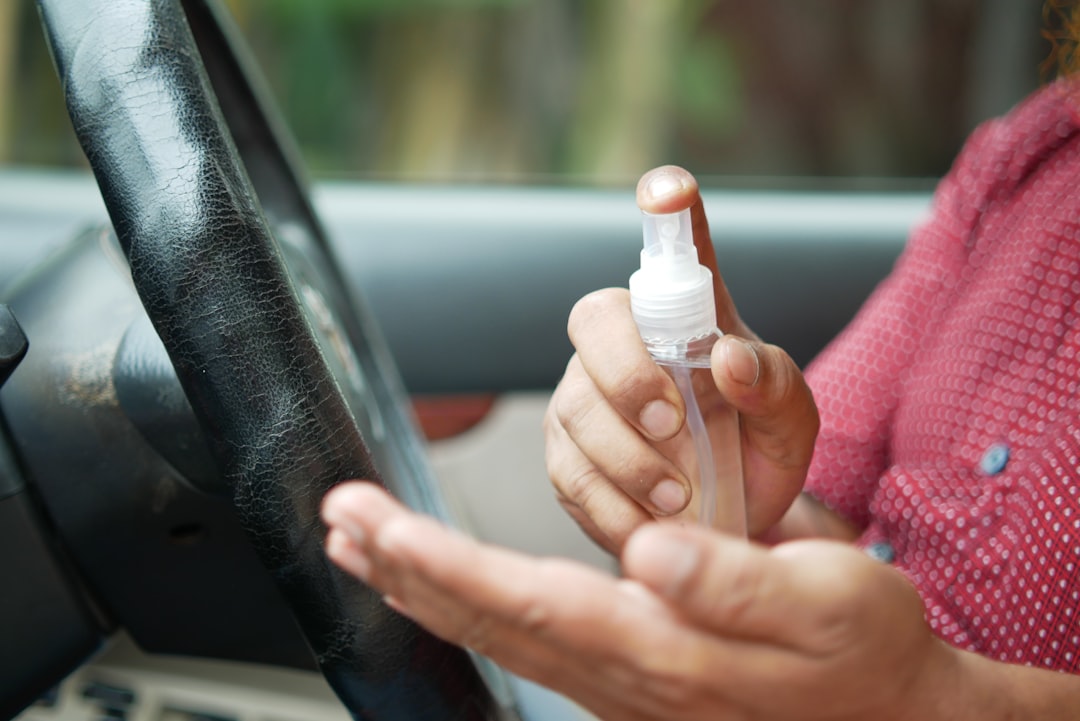When you decide to undergo laser hair removal, it’s essential to grasp the intricacies of the process. This advanced technique utilizes concentrated beams of light to target and destroy hair follicles, effectively reducing hair growth over time. The laser emits a specific wavelength that is absorbed by the pigment in the hair, which means that the treatment is most effective on individuals with darker hair and lighter skin.
However, advancements in technology have made it possible for people with various skin tones to benefit from this procedure. Before your first session, you will typically undergo a consultation where your dermatologist will assess your skin type, hair color, and medical history. This evaluation helps determine the most suitable laser for your needs.
During the treatment, you may experience a sensation similar to a rubber band snapping against your skin, but most modern devices come equipped with cooling mechanisms to minimize discomfort. The entire process is relatively quick, often taking only a few minutes for small areas and up to an hour for larger ones. Understanding these aspects can help you feel more prepared and less anxious about your upcoming sessions.
Key Takeaways
- Laser hair removal targets hair follicles with concentrated light energy to inhibit future hair growth
- After treatment, it’s important to keep the treated area clean and moisturized to promote healing
- Sun exposure should be avoided for at least a week after treatment to prevent skin damage and pigmentation issues
- Discomfort and irritation after treatment can be managed with cool compresses and over-the-counter pain relievers
- Proper hydration and moisturization are essential for maintaining healthy skin and promoting healing after laser hair removal
Post-Treatment Skin Care
After your laser hair removal session, proper skin care is crucial for ensuring optimal results and minimizing any potential side effects. Initially, your skin may appear red or slightly swollen, similar to a mild sunburn. To soothe your skin, it’s advisable to apply a cool compress or ice pack for short intervals.
This can help alleviate discomfort and reduce inflammation. Additionally, your dermatologist may recommend specific topical treatments or soothing gels that contain ingredients like aloe vera or hydrocortisone to promote healing. In the days following your treatment, it’s important to keep the treated area clean and moisturized.
Use a gentle cleanser to wash the area and avoid any harsh scrubs or exfoliants that could irritate your skin. Moisturizing regularly will help maintain hydration and support the healing process. You should also refrain from using any products that contain fragrances or alcohol, as these can exacerbate irritation.
By following these post-treatment care guidelines, you can enhance your results and ensure a smoother recovery.
Avoiding Sun Exposure

One of the most critical aspects of post-laser hair removal care is avoiding sun exposure. Your skin will be particularly sensitive after treatment, making it more susceptible to sunburn and pigmentation changes. It’s advisable to stay out of direct sunlight for at least two weeks following your session.
If you must be outdoors, wearing protective clothing such as long sleeves and wide-brimmed hats can provide an extra layer of defense against harmful UV rays. In addition to physical barriers, applying a broad-spectrum sunscreen with an SPF of 30 or higher is essential. This will protect your skin from both UVA and UVB rays, which can cause damage even on cloudy days.
Reapplying sunscreen every two hours, especially if you’re sweating or swimming, is crucial for maintaining protection. By taking these precautions, you can help ensure that your skin heals properly and that you achieve the best possible results from your laser hair removal treatment.
Managing Discomfort and Irritation
| Technique | Effectiveness | Notes |
|---|---|---|
| Deep Breathing | High | Helps to relax and reduce tension |
| Progressive Muscle Relaxation | Medium | Can help to release physical tension |
| Mindfulness Meditation | High | Can increase tolerance to discomfort |
| Distraction Techniques | Low | May provide temporary relief |
Experiencing some discomfort or irritation after laser hair removal is entirely normal, but there are effective strategies to manage these sensations. Over-the-counter pain relievers such as ibuprofen or acetaminophen can help alleviate any mild pain or discomfort you may feel in the hours following your treatment. Always follow the recommended dosage instructions and consult with your dermatologist if you have any concerns about medication interactions.
In addition to medication, employing home remedies can also be beneficial. Applying a cold compress or ice pack wrapped in a cloth can provide immediate relief from swelling and irritation. You might also consider using soothing lotions or gels that contain ingredients like chamomile or calendula, known for their anti-inflammatory properties.
Proper Hydration and Moisturization
Staying hydrated is vital for maintaining healthy skin, especially after undergoing laser hair removal. Drinking plenty of water helps keep your skin cells plump and supports the healing process by flushing out toxins from your body. Aim for at least eight glasses of water a day, and consider incorporating hydrating foods like cucumbers, oranges, and watermelon into your diet for an extra boost.
In addition to hydration from within, moisturizing your skin is equally important. After treatment, your skin may feel dry or tight, so applying a gentle moisturizer can help restore its natural barrier function. Look for products that are fragrance-free and designed for sensitive skin to avoid further irritation.
Protecting the Skin from Infections

Preventing Infection
Keep the treated area clean and avoid touching it with unwashed hands. This will help prevent bacteria from entering the skin and causing infection. If you notice any signs of infection, such as increased redness, swelling, or pus, contact your dermatologist immediately for guidance.
Avoiding Contaminated Water
Avoid swimming in pools, hot tubs, or natural bodies of water for at least 48 hours post-treatment. These environments can harbor bacteria that may lead to infections in compromised skin.
Showering vs. Bathing
Instead, opt for showers over baths during this period to keep the treated area clean without soaking it in potentially contaminated water. This will help reduce the risk of infection and promote healthy healing.
Following Up with Maintenance Treatments
Laser hair removal is not a one-time solution; it typically requires multiple sessions for optimal results. After completing your initial series of treatments, you may need maintenance sessions every six months to a year to keep unwanted hair at bay. These follow-up appointments are essential for ensuring that any remaining hair follicles are effectively targeted before they have a chance to grow back.
During these maintenance sessions, your dermatologist will assess your progress and adjust the treatment plan as necessary based on how your skin has responded. Staying committed to this schedule will help you achieve long-lasting results and maintain smooth skin without the hassle of traditional hair removal methods.
Communicating with Your Dermatologist
Open communication with your dermatologist is key throughout the laser hair removal process. Before starting treatment, don’t hesitate to ask questions about what to expect during and after each session. Understanding the procedure fully can alleviate anxiety and help you feel more confident in your decision.
After each session, provide feedback about how your skin reacted and any discomfort you experienced. This information is invaluable for tailoring future treatments to better suit your needs. Your dermatologist can offer personalized advice on post-treatment care based on your unique skin type and concerns.
By fostering a collaborative relationship with your healthcare provider, you can ensure a smoother experience and achieve the best possible outcomes from your laser hair removal journey. In conclusion, understanding the laser hair removal process and adhering to post-treatment care guidelines are essential steps toward achieving smooth, hair-free skin. By prioritizing sun protection, managing discomfort, staying hydrated, preventing infections, committing to maintenance treatments, and maintaining open communication with your dermatologist, you can maximize the benefits of this innovative procedure while ensuring a safe and effective experience.
After undergoing facial laser hair removal, it is crucial to follow proper aftercare instructions to ensure optimal results. One helpful resource for post-treatment care tips is the article “The Ultimate Guide to Facial Laser Hair Removal Aftercare” found on




